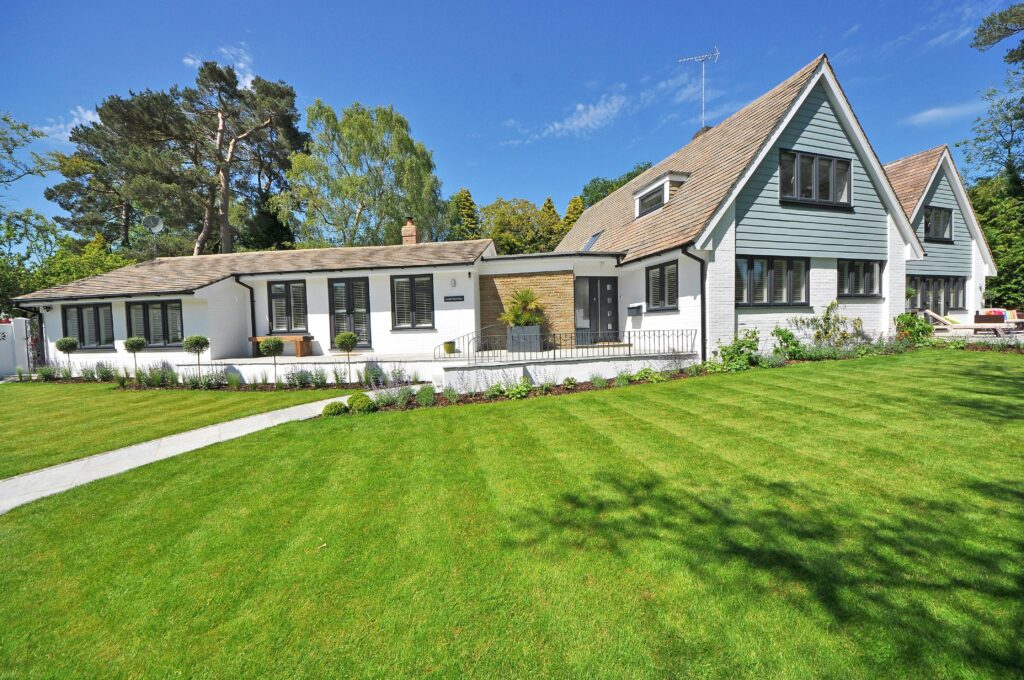We’ve all seen those picture-perfect homes on Instagram—spotless countertops, stylish furniture, everything color-coordinated. And while they look amazing, sometimes you can’t help but wonder… do real people even live there?
Here’s the truth: a beautiful home is great, but a functional home? That’s a game-changer. Your space should work for your life—not against it.
Let’s talk about how to design your home so it supports your daily routine, helps you stay sane, and still feels like a place you actually want to be. You don’t need a huge budget or an interior design degree—just a little intention.
1. Make Space for How You Actually Live
You don’t need a meditation room if you’ve never meditated. And that formal dining room collecting dust? Maybe it would make a better playroom or home office.
Try this:
Think about how you actually use each room. Love reading? Create a little reading nook with a comfy chair and a lamp. Work from home? Prioritize a real desk setup instead of balancing your laptop on the kitchen counter.
Design your space around your life—not someone else’s.
2. Clear Paths = Clear Mind
In design (and in life), flow matters. If you’re constantly bumping into furniture or stepping over laundry baskets, that clutter isn’t just physical—it messes with your head, too.
Try this:
Do a quick walk-through of your home. Are there places where you always feel cramped or annoyed? Rearranging furniture—even just a little—can make a room feel bigger and more peaceful.
Bonus: clear walkways also make cleaning way easier.
3. Give Everything a Home
Ever feel like your stuff is constantly migrating? Shoes by the couch, mail all over the counter, chargers in random drawers. It’s frustrating—and it usually means your home is missing some basic systems.
Try this:
Set up small stations or baskets for things you use every day. A tray by the front door for keys. A basket for mail. A drawer organizer for cords. It doesn’t have to be fancy—just functional.
When everything has a “home,” it’s easier to clean up and way less stressful.
4. Let Light Do Its Thing
Good lighting makes everything feel better. Natural light boosts your mood, helps you focus, and makes a space feel more open. And at night, warm lighting helps you wind down.
Try this:
Open those curtains during the day. Swap out harsh overhead lights for soft lamps or string lights. And consider warm-toned bulbs (think soft yellow, not hospital white) to make your home feel cozy in the evenings.
5. Don’t Be Afraid to Mix Styles
Your home should feel like you—not a copy of a showroom. Don’t worry about matching everything perfectly. Mix modern with vintage, neutral with bold, clean lines with cozy textures.
Try this:
If something makes you smile or brings you comfort, it belongs. That’s the best design rule out there.
The Bottom Line
A well-designed home isn’t about perfection—it’s about function and flow. Your space should help your day go more smoothly, not stress you out. It should support your habits, your downtime, your work, and your family.
So don’t stress about trends or what looks good online. Start with what feels good to you.
Because at the end of the day, the best home isn’t the fanciest one—it’s the one that makes life a little easier and a lot more enjoyable.


